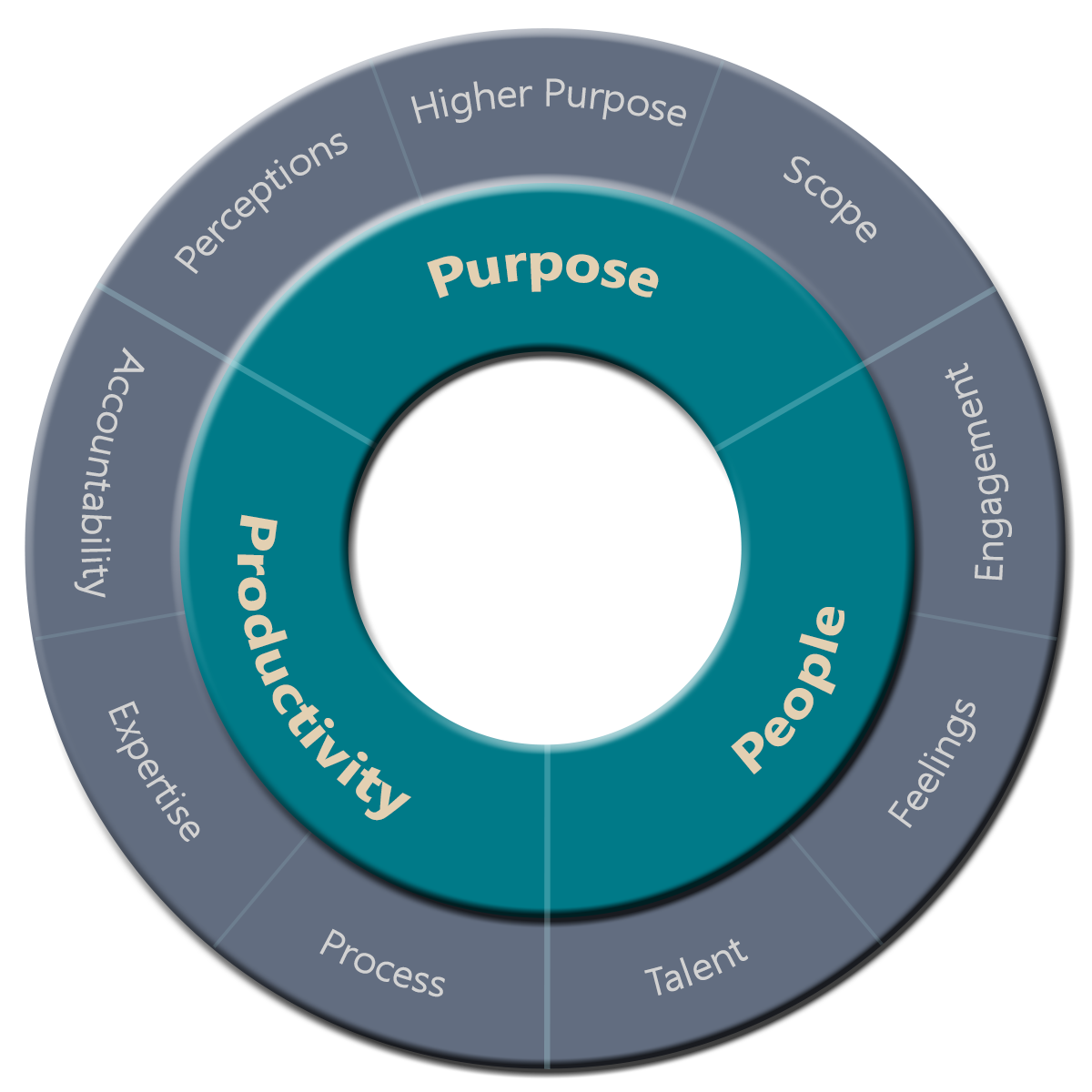This is the last of our podcasts around our leadership model. This time we explore the leader’s role in process.
Leadership creates stability and change, and this dichotomy shines through when it comes to process. How do leaders deal with the dual roles of creating efficient and consistent approaches, while at the same time continually improving to make them better, or occasionally transforming them to create competitive advantage?
Doing both of these is something many leaders find difficult; Rob and Paul consider why this is and what you can do about it.
This podcast is part of a series about the role of leaders, exploring the nuts and bolts of what leaders need to do. It is based on a model (we created) to help aspiring leaders work out what it means to be a leader.
You can find the model, and details of all the areas at www.thinkingfocus.com/what-is-leadership








